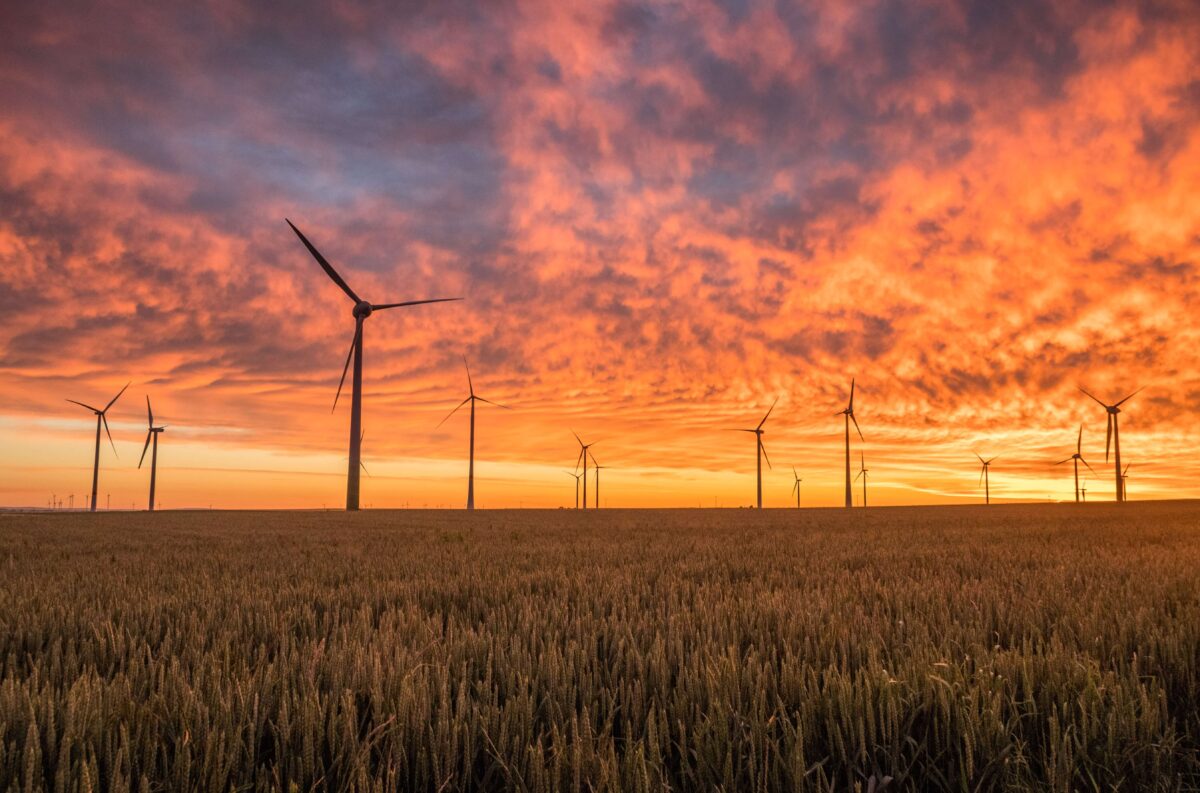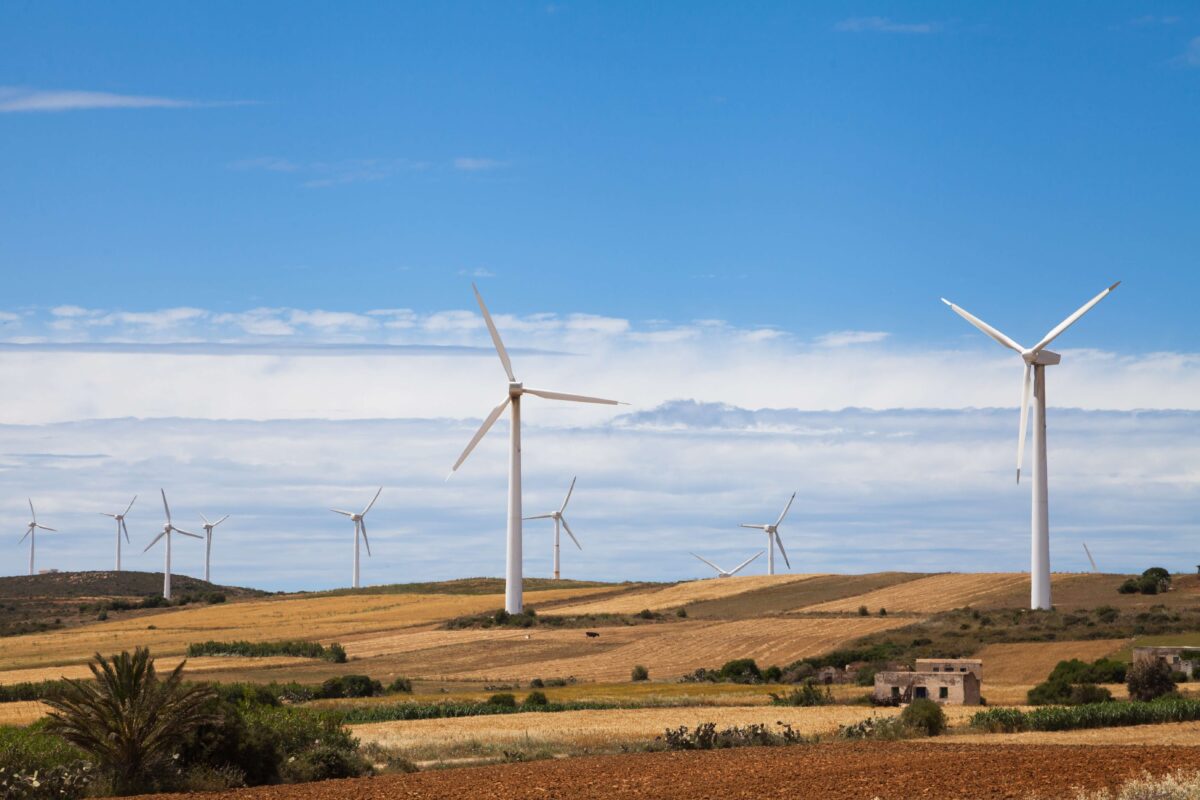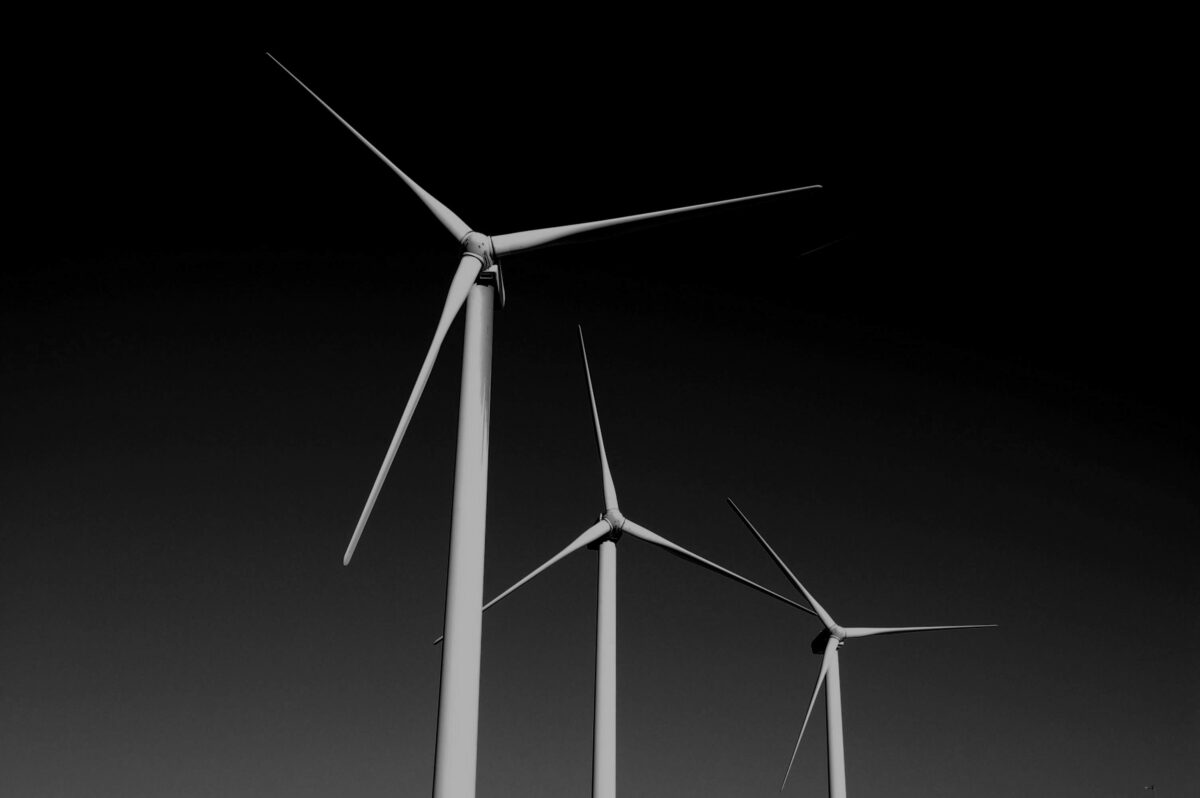IRENA to look into geopolitical impact of the shift away from fossil fuels
The international Renewable Energy Agency (IRENA) has set up a commission to look into the geopolitical impact of the shift away from fossil fuels to renewable energy. The group will spend a year investigating issues such as the international supply of rare earth minerals used in the renewables industry as well as international electricity trading and the potential for political instability. IRENA also released its comprehensive Renewable Power Generation Costs in 2017 report, which found that renewable energy generation costs continue to decline rapidly and are already competitive to meet new needs for capacity.
New York City last week announced its decision to divest its state pension funds from fossil fuels over the next five years. The total pension funds are worth about US$189 billion, about US$5 billion of which are linked to fossil fuels. Economists said that New York City’s financial and cultural status will likely spur other cities in the US and around the world to divest.
New energy and emissions projections published by the UK Department for Business, Energy and Industrial Strategy (BEIS) has renewables overtaking gas by 2020 to become the UK’s number one source of electricity generation. However, the UK is still set to miss legally binding carbon targets with emissions from transport and the domestic building sector falling slowly.
Recent research on Smart Cities from Juniper Research has analysed and ranked global cities on their performance and approach towards energy consumption. Seoul was ranked first due to large-scale deployment of EV charging infrastructure, smart street lighting, and smart meter rollouts. It is estimated smart grids linked to smart cities could result in savings up to US$14 billion per annum in energy bills by 2022. San Francisco, New York, Portland, OR, and Barcelona rounded out the top five smart cities.
Royal Dutch Shell continues its growth in the clean electricity sector by acquiring a 44% stake in US solar developer Silicon Ranch Corporation, which operates around 100 solar facilities across the US, with 1.9 GW of solar in its development portfolio. The investment could be as high as US$217 million, making Shell the largest shareholder.
Xcel Energy, which announced last year it would close 660 MW of coal-fired power capacity, has reported unprecedented low bids for wind and solar with storage in a request for proposals. Xcel reported seven bids totalling 4,048 MWh at a median bid price of US$30.60/MWh. This is compared to the previous record of US$45/MWh with Tucson Electric Power.
Energy storage
In an apparent first for the US energy industry, the California Public Utilities Commission (CPUC) ruled last week that Pacific Gas & Electric (PG&E) must procure energy storage or other preferred resources (such as demand response or distributed solar) to replace three gas plants for local capacity and reliability purposes. The regulator’s choice of storage as a potentially cheaper alternative to maintaining gas peaker plants in the region shows confidence in clean resources as the preferred alternative for ensuring grid reliability.
New York Governor Andrew Cuomo made several clean energy announcements in his 2018 State of the State address, including a pledge to deploy 1,500 MW of energy storage by 2025. This target improves on California’s nation-leading 1,300 MW goal but comes due five years later than California’s target. Energy storage had largely been left out of New York’s efforts to overhaul its energy system, but the new announcements coupled with US$260 million from the New York State Energy Research and Development Agency (NYSERDA) will launch the state’s energy storage activities, which Governor Cuomo hopes will one day produce 30,000 jobs for New York.
Recent research from Northern Ireland’s Queens University Belfast (QUB) has found that battery-based energy storage can provide inertial response for system reliability much more efficiently and at a lower cost with substantially reduced emissions than conventional thermal generation. QUB’s research showed that just 360 MW of battery storage could provide the equivalent stabilisation to Ireland’s electricity system as would normally be provided by 3,000 MW of generation from coal- or gas-fired generation. Such a shift could save up to €19 million and 1.4 million tonnes of CO2 annually.
Santander has provided £28.5 million in funding for London-based battery builder Battery Energy Storage Solutions (BESS) in the group’s first venture into the financing of battery technologies. The investment will help BESS deploy a further 49 MW of storage onto the national grid by the end of January.
Tesla will provide battery storage for a second ground-breaking integrated renewable energy project in Australia. It will see a 20 MW/34 MWh battery storage system connected to a 204 MW wind farm in Victoria to help power a major local hydroponic agribusiness.
South Australia has approved plans to construct the world’s largest single-tower solar thermal plant. The AU$650 million Aurora plant will be made up of a single tower surrounded by 12,000 heliostats, capable of producing 150 MW of electricity and integrated with an 1,100 MWh molten salt energy storage system.
A ‘smart neighbourhood’ demonstrator of 46 net zero homes will be built by US utility company Georgia Power. The R&D test facility will consist of homes equipped with solar PV, battery energy storage, advanced heating and cooling, and smart home automation to ensure a net zero or better grid energy consumption.
Electric vehicles
At the Detroit auto show last weekend, Ford Motor Co announced plans to significantly increase its investments in EVs to US$11 billion and have 40 hybrid and all-electric vehicles to offer by 2022. This investment target is much higher than Ford’s previous goal of US$4.5 billion by 2020. General Motors Co, Toyota Motor Corp, and Volkswagen AG have already announced plans to expand their EV offerings in response to pressure from regulators in China, Europe, and California to cut carbon emissions from autos.
A Dutch company plans to introduce an autonomous electric barge in August 2018. The technology has been developed following a €7 million investment by the European Union with 5 barges expected to begin operating between De Kempen intermodal terminal and Antwerp, removing 23,000 trucks from the roads.
CleanTechnica reported that the E.ON has launched a new pilot project in Denmark which will utilize private charging points installed at EV owners’ homes. The Crowd Charging project aims to increase the number of available charging points making EVs a more attractive option. CleanTechnica also recently published a new report on EV charging infrastructure that examines the current state of the plug-in vehicle charging landscape within the context of the broader transition from internal combustion to plug-in vehicles.
Only five councils across the UK have taken advantage of funding made available from the UK government for the roll-out of public charging points. Launched in 2016, the scheme offers 75% of the cost of procuring EV charge points up to £7,500 per unit. Only £150,000 of the current £1.5 million has been allocated, with a further £4.5 million available up to March 2020.




